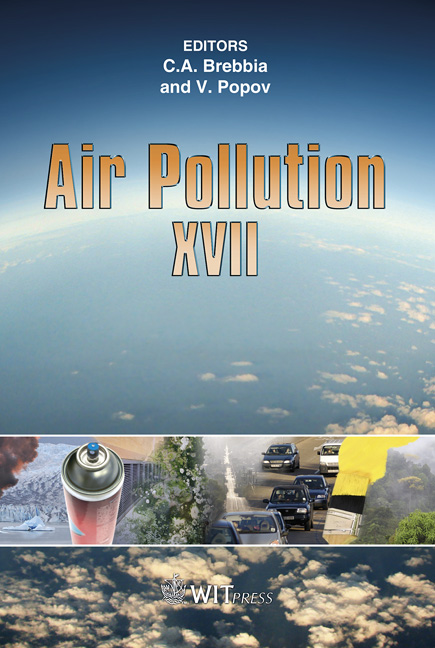GHG Intensities From The Life Cycle Of Conventional Fuel And Biofuels
Price
Free (open access)
Transaction
Volume
123
Pages
12
Page Range
329 - 340
Published
2009
Size
441 kb
Paper DOI
10.2495/AIR090301
Copyright
WIT Press
Author(s)
H. H. Khoo, R. B. H. Tan & Z. Tan
Abstract
Among all the various air pollution issues, greenhouse gases are the key environmental and global concern that the world is facing today. The European Union’s project on Carbon Measurement Toolkit was developed to determine the greenhouse gas (GHG) intensities of products. This kind of evaluation is important for fast growing industrial nations, especially in assessing sources of alternative energy. Life cycle assessment or LCA is used to model the following fuels delivered to Singapore: foreign conventional fuel production; biofuels from palm oil grown in neighbouring countries (with ‘worst’ and ‘best’ cases of direct land use change); and biodiesel produced from used cooking oil in Thailand. The life cycle approach used in this article is similar to the method developed by the European Union’s Carbon Measurement Toolkit. The case studies involve raw material production/plantation, processing and final delivery by long-distance transportation. The investigation highlights that despite being labelled as a \“green” or \“carbon neutral” source of renewable energy, the actual ability of biofuels (especially those made from crops) to reduce GHGs hangs delicately on several crucial factors, namely, direct land use change. Keywords: greenhouse gases, life cycle assessment (LCA), biofuels, cradle-topump, Carbon Measurement Toolkit, direct land use change (LUC).
Keywords
greenhouse gases, life cycle assessment (LCA), biofuels, cradle-topump, Carbon Measurement Toolkit, direct land use change (LUC)





